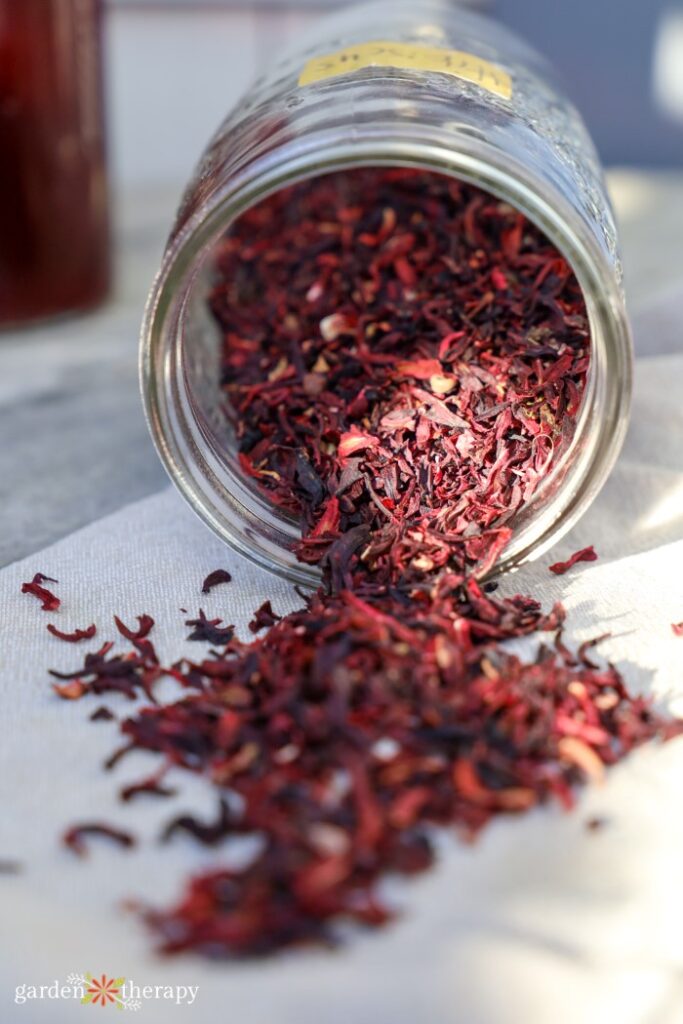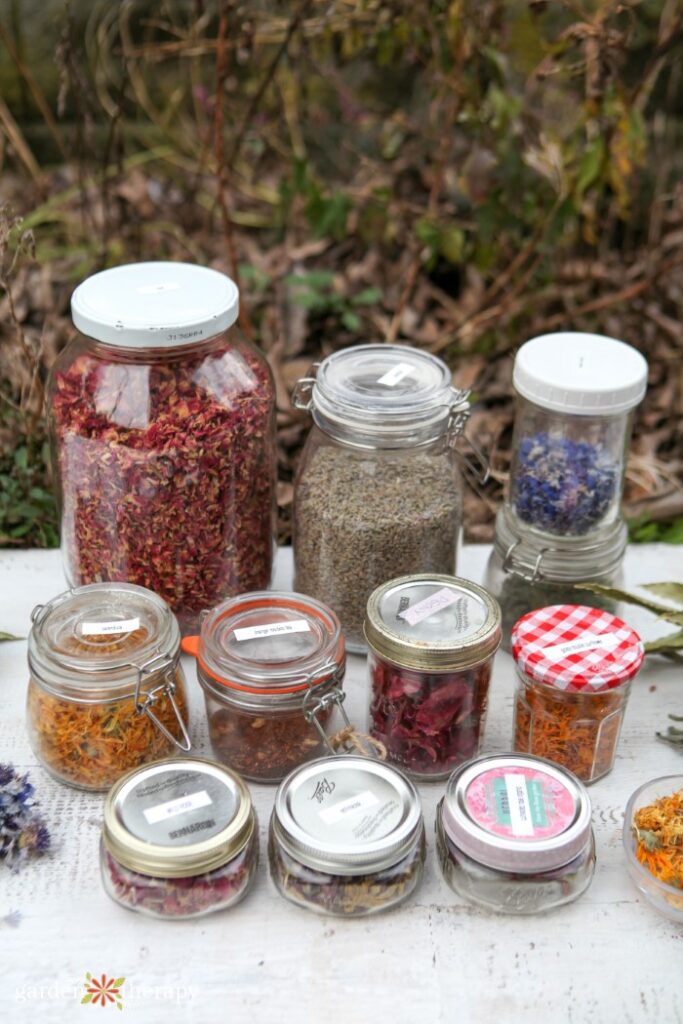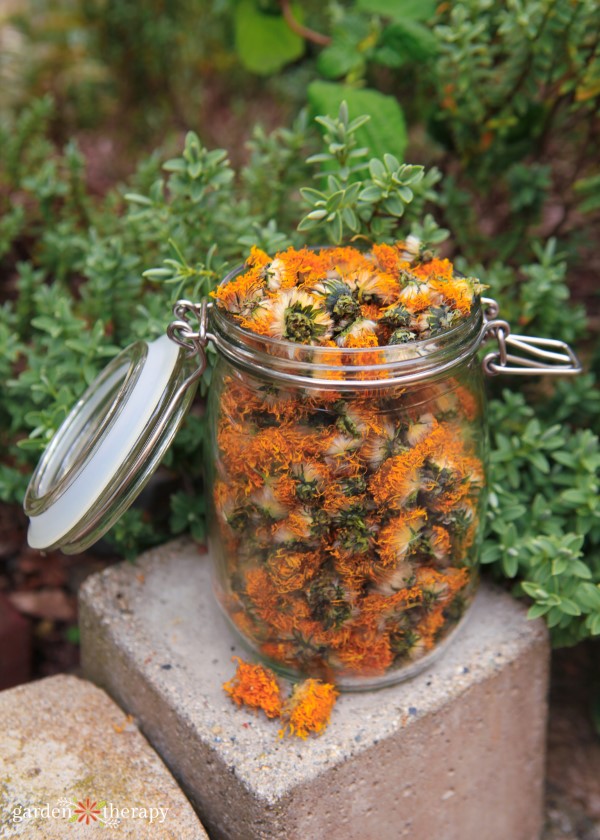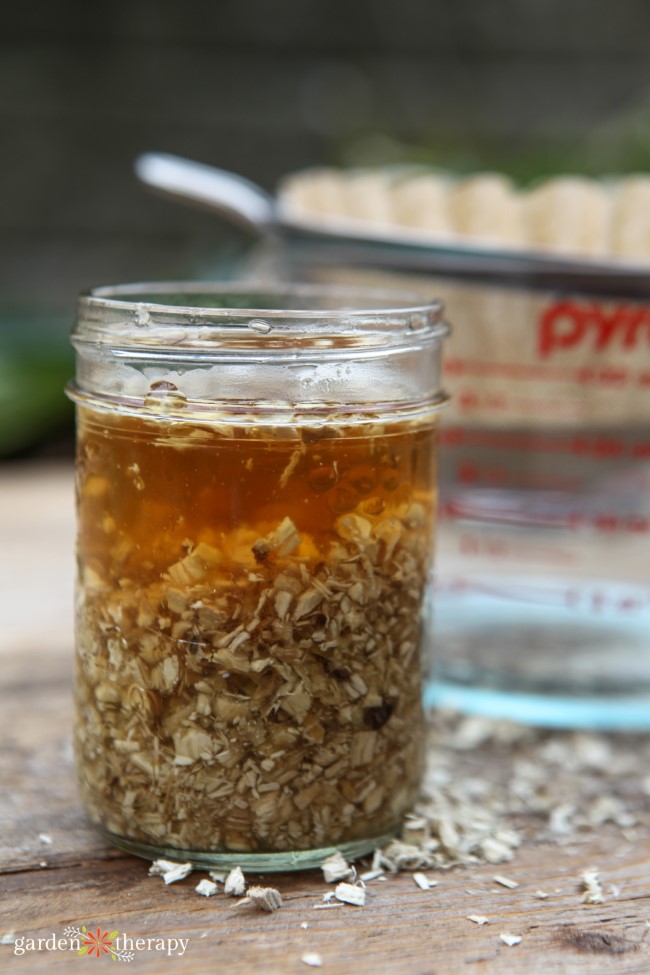The recipe calls for fresh basil, but all you have is last year’s dried leaves. So can you use dried herbs in place of fresh ones? I get many questions like this about using herbs. From herbal recipes and soap-making to cooking, here’s how to measure herbs, whether that’s fresh or dried!
Herbs are powerful little helpers. We often don’t realize just how beneficial these plants can be! You probably already know they can turn any dish into a five-star meal.
But, there is SO much more!
Herbs can help heal wounds, repel pests, make us smell amazing, change the appearance of our skin…the benefits go on and on.
To help you get the most out of your herbs, I want to share how to use them properly. I’ll tell you when it’s the right time to use fresh vs dried herbs and how to measure herbs so you can enjoy all the herby goodness in your cooking and herbal recipes.
Jump ahead to….
- When to Use Fresh vs Dried Herbs
- Fresh vs Dried Herbs for Cooking
- Fresh vs Dried Herbs for Herbal Recipes
- How to Measure Herbs
- Can You Use Herbs Twice?
- More Posts About Herbs
When to Use Fresh vs Dried Herbs
There are many different uses for using fresh herbs and dried ones. It all depends on how long you want to use it and what you will use it for!
The argument for fresh is strong. Fresh herbs will always give you more flavour and medicinal properties. However, they contain water which is a big problem for longevity.
When you have water, you invite bacteria, which can cause your product to spoil. Therefore, whenever you use fresh herbs for anything, the product must be refrigerated and used relatively soon.
Fresh vs Dried Herbs for Cooking
Most people use fresh herbs when cooking, as they can snip some from their garden or grab some at the store. This works because you will eat it immediately or refrigerate the leftovers.
If you wanted to make a culinary oil, it wouldn’t last as long when made with fresh herbs. But if you use dried herbs, the infused oil will last as long as the expiration date on the oil.
When making vinegar infusions, however, you can use fresh or dried. Vinegar acts as a preservative and kills any bacteria from fresh herbs.
You can notice a major flavour difference between fresh and dried herbs.
For instance, I sometimes choose to use dried oregano vs fresh. When fresh, it tastes good in pasta. But when dried, it works well in Mexican and Greek cooking.
Tip: Always use the leaves rather than the stems when working with fresh herbs. The stems add bitterness.
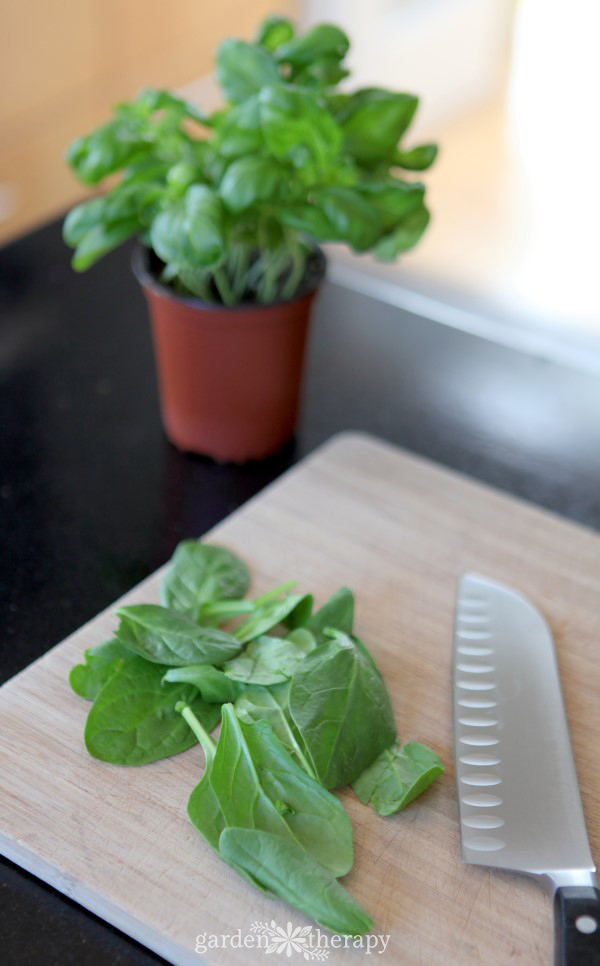
Fresh vs Dried Herbs for Herbal Recipes
When it comes to herbalism, fresh herbs will always have the most medicinal and healing properties. Fresh herbs will be much more powerful if you’re actively treating something.
However, if you’re making any kind of product, such as soap or a salve, that you use regularly, dried herbs will give you that longevity. This way, you won’t have to toss what you don’t use and keep remaking your products.
When using herbs in crafts, it’s also a question of longevity. Fresh will give you pretty designs for things like clay or prints, while dried can be used for ever-lasting bouquets.
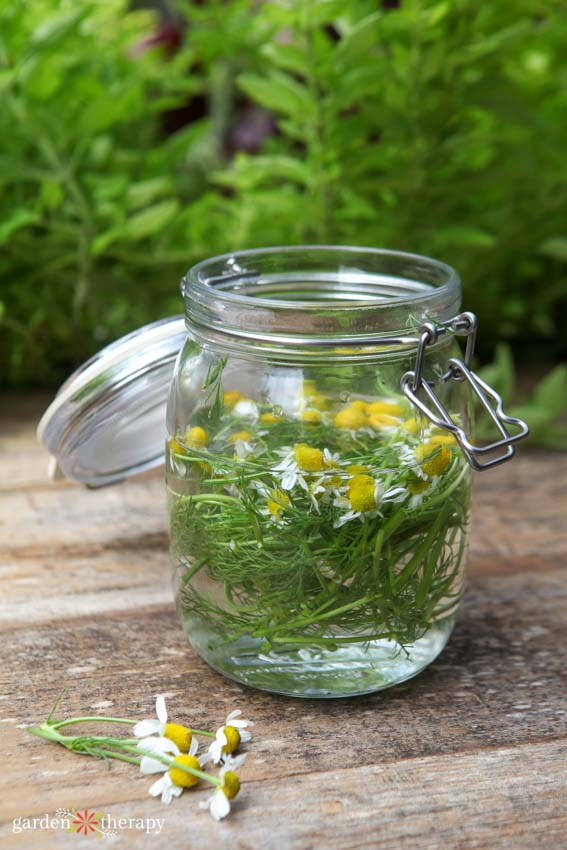
How to Measure Herbs
One question gets asked frequently on my posts for herbal and natural beauty recipes…how much herbs do I need? People want exact herbal measurements!
Well, it’s easier said than done.
You need to follow exact measurements in cooking, baking, and even soap-making. You’ll probably see things like a ¼ cup, a sprinkle, or tell you to add something to taste. It’s all pretty straightforward!
But in herbalism, the goal is never about a specific amount but about getting as many medicinal properties from the herbs as possible.

This makes it hard to give proper herbal measurements. You could be using differed sized jars, the herbs could be packed more or less, the size of the herbs vary, etc.
Instead, to do any herbal extractions, you will want to use as many available herbs as possible that fit.
To do this, take your container and fill it full of herbs. It should feel like a fairy mattress when you push down on it. Yes, this isn’t a traditional measurement, but that’s what you expect in herbalism!
Then, fill the container with the liquid, whether vinegar, oil, or alcohol.
This works well if you’re using the cold infusion method. You can also use heat to make a herbal infusion, which has a similar mindset. Just make sure never to fry the herbs! Very gentle heat will bring the herbal properties out.
Can You Use Herbs Twice?
After you’ve strained your herbs for any infusion, whether a culinary oil or a tincture, people also ask whether you can use these herbs again.
Technically, you can. However, most of the herb’s beneficial properties will come out in the first infusion and not the second.
The best way to look at this is by making a cup of tea. Once the tea has finished steeping, strain the herbs out and make another cup using the same tea leaves.
When you taste the second cup of tea, notice how much weaker it is. The actual taste will also change.
The same thing will happen with your herbs; the two infusions won’t have the same properties. So, after making an infusion, you can either compost the herbs or make a second, weaker infusion.
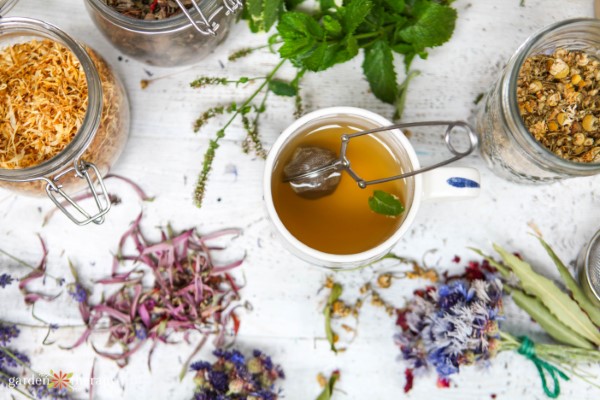
Got any more questions on how to use herbs? Leave them in the comments below, and I’ll get back to you as soon as possible.

